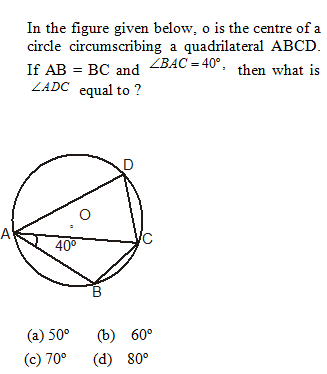Question
Which of the following HRD principle focusses on
development of human resources, development of organizational health, improvement of problem-solving capabilities, development of diagnostic ability and increased employee productivity and commitment?Solution
The HRD principles include: a) Focus on enabling capabilities: The primary purpose of HRD is to help the organisation to increase its “enabling” capabilities. These include development of human resources, development of organisational health, improvement of problem solving capabilities, development of diagnostic ability (so that problems can be located quickly and effectively), and increased employee productivity and commitment. b) Balancing adaptation and change in the organisational culture: Although HRD systems are designed to suit the organisational culture, the role of HRD may be to modify that culture to increase the effectiveness of the organisation. There always has been a controversy between those who believe that HRD should be designed to suit the culture and those who believe that HRD should be able to change the culture. Both positions seem to be extreme. HRD should take the organisation forward, and this can be done only if its design anticipates change and evolution in the future. c) Attention to contextual factors: What is to be included in the HRD systems, how is it to be sub-divided, what designations and titles will be used, and similar issues should be settled after consideration of the various contextual factors of the organisation—its culture and tradition, size, technology, levels of existing skills, available support for the function, availability of outside help and so on. d) Building linkages with other functions: Human resource development systems should be designed to strengthen other functions in the company such as long-range corporate planning, budgeting and finance, marketing, production, and other similar functions. These linkages are extremely important. e) Balancing specialisation and diffusion of the function: Although HRD involves specialised functions, line people should be involved in various aspects of HRD. Action is the sole responsibility of the line people, and HRD should strengthen their roles
AC and CE are the medians of triangle ABD and ACD respectively. If area of triangle ACE is 15 cm 2 , then find the area of triangle ABD.
If in a right angle triangle ABC, Angle B is a right angle. AB = 20 cm, BC= 21 cm if BD is perpendicular to AC find the length of BD?
If G is the centroid and AD, BE, CF are three medians of ∆BDG with area 6cm 2 , then the area of ∆ABC is?

If in a ΔABC, D is a point on BC such that BD = 3cm , BC = 5 cm then what is ratio of area of ΔABD to area of ΔADC ?
If y = 5x + c passes through point A(5, 2), what is the value of c?
...In a ΔABC, the internal bisectors of ∠B and ∠C meet at point O. Find the measure of ∠BOC if the measure of ∠BAC = 50 ° .
...If O is the orthocentre of ΔABC , if ∠ BOC = 1000 then what is the measure of ∠ BAC?
A solid cylinder has radius of base 14 cm and height 15 cm. 4 identical cylinders are cut from each base as shown in the given figure. Height of small c...
If in a right angle triangle ABC, Angle B is a right angle. AB = 8 cm, BC= 15cm if BD is perpendicular to AC find the length of BD?


